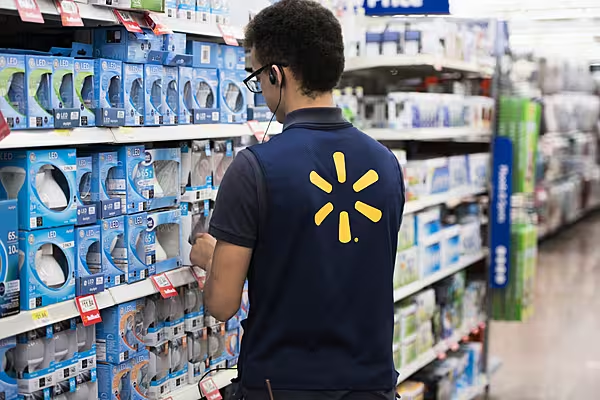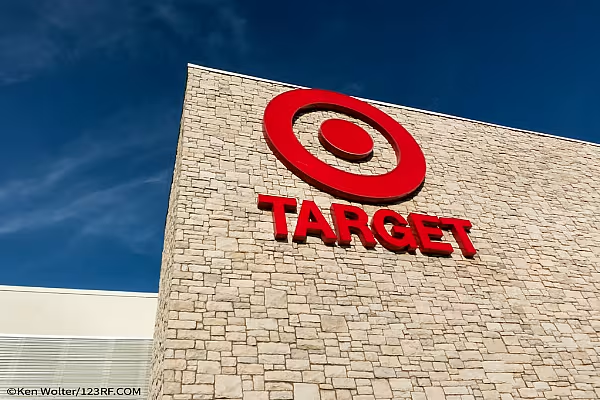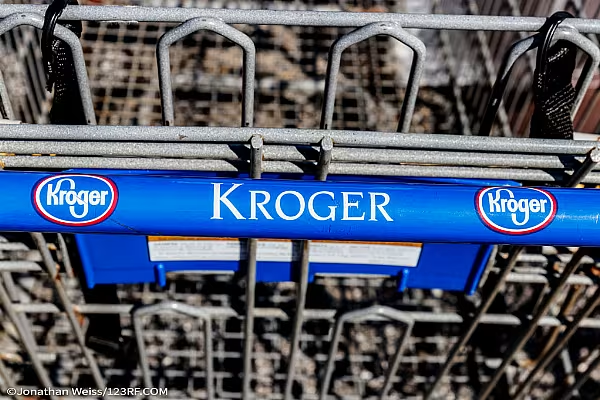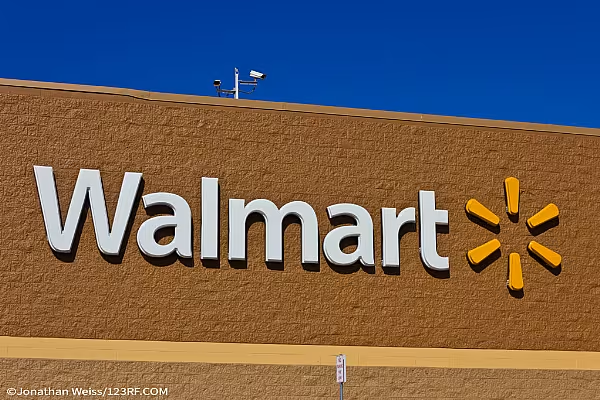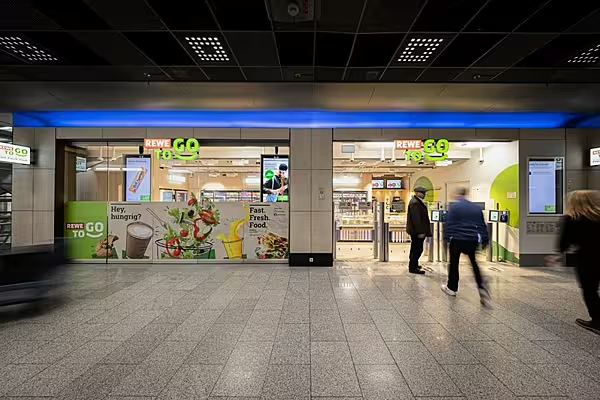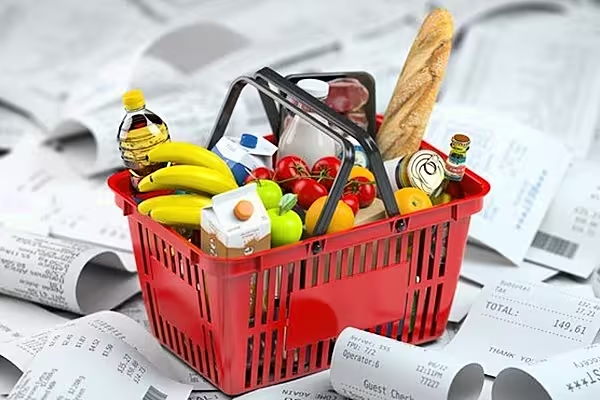Wal-Mart Stores Inc. is teaming up with Google to let shoppers order by voice, the latest example of the world’s largest retailer finding a technology partner to catch e-commerce leader Amazon.com Inc.
By the end of September, Wal-Mart customers can link their store accounts to Google’s Express shopping service and use voice-activated Google Home speakers to buy hundreds of thousands of items for delivery. Shopping recommendations will be based on previous purchases. Beginning next year, the assortment will expand to include fresh groceries and allow for in-store pickup of orders.
The collaboration is Wal-Mart’s latest attempt to match the convenience of Amazon, which quickly delivers a bigger online selection and has a dominant line of voice-activated Echo speakers that play music, turn on air conditioners and handle shopping orders. Wal-Mart is teaming up with Google to keep its customers from moving to Amazon through these devices.
For Alphabet Inc.’s Google, the partnership is a boost for its Express shopping app and website, which have also struggled to compete with Amazon. Google is dropping its membership fee for the service. It previously charged $10 a month or $95 per year. The purchase histories of Wal-Mart shoppers will help Google make personalized recommendations, a key feature needed to make voice-activated shopping convenient.
Purchase History
"We’ve got the purchase history of 140 million Americans going into brick and mortar stores," said Marc Lore, head of U.S. e-commerce for Wal-Mart who joined through the retailer’s 2016 acquisition of his Jet.com startup. "We are building this to extend to fresh and frozen food. We will deliver to homes and expand aggressively."
More than 35 million Americans will speak to internet-connected devices at least once a month this year, more than double the number in 2016, according to a May report from research firm EMarketer Inc. About 71 percent will use Echo devices, with the Google Home speaker trailing at 24 percent.
Wal-Mart and Google say the partnership will be particularly compelling for replenishing common household supplies like paper towels, laundry detergent and breakfast cereal. With a Google Home speaker in a kitchen linked to a Wal-Mart account, shoppers can order peanut butter and olive oil to restock pantries when the need is top of mind and they may not have a smartphone handy. Having data on Wal-Mart shoppers’ purchase histories will mean Google’s digital assistant won’t have to ask for specific brands, weights or sizes, it will just re-order based on past preferences.
Subscribe and Save
Amazon is trying to automate this with its Echo gadgets and a Subscribe and Save service that offers discounts on monthly deliveries of items like diapers and toothpaste.
The fight between Wal-Mart and Amazon is moving beyond price to convenience, and it recently escalated with Amazon’s agreement to purchase grocery chain Whole Foods Market Inc. for $13.7 billion. Wal-Mart is trying to blunt Amazon’s momentum by offering free two-day delivery on orders of at least $35 without a membership fee. Amazon locks in customer loyalty with its $99 a year Prime membership, which offers delivery discounts and free music and movie streaming.
Wal-Mart is also working with ride-hailing service Uber Technologies Inc. to deliver groceries in Orlando and Dallas, and is testing warehouse automation with startup Symbotic to match Amazon’s Kiva warehouse robots.
News by Bloomberg, edited by ESM. Click subscribe to sign up to ESM: The European Supermarket Magazine.
